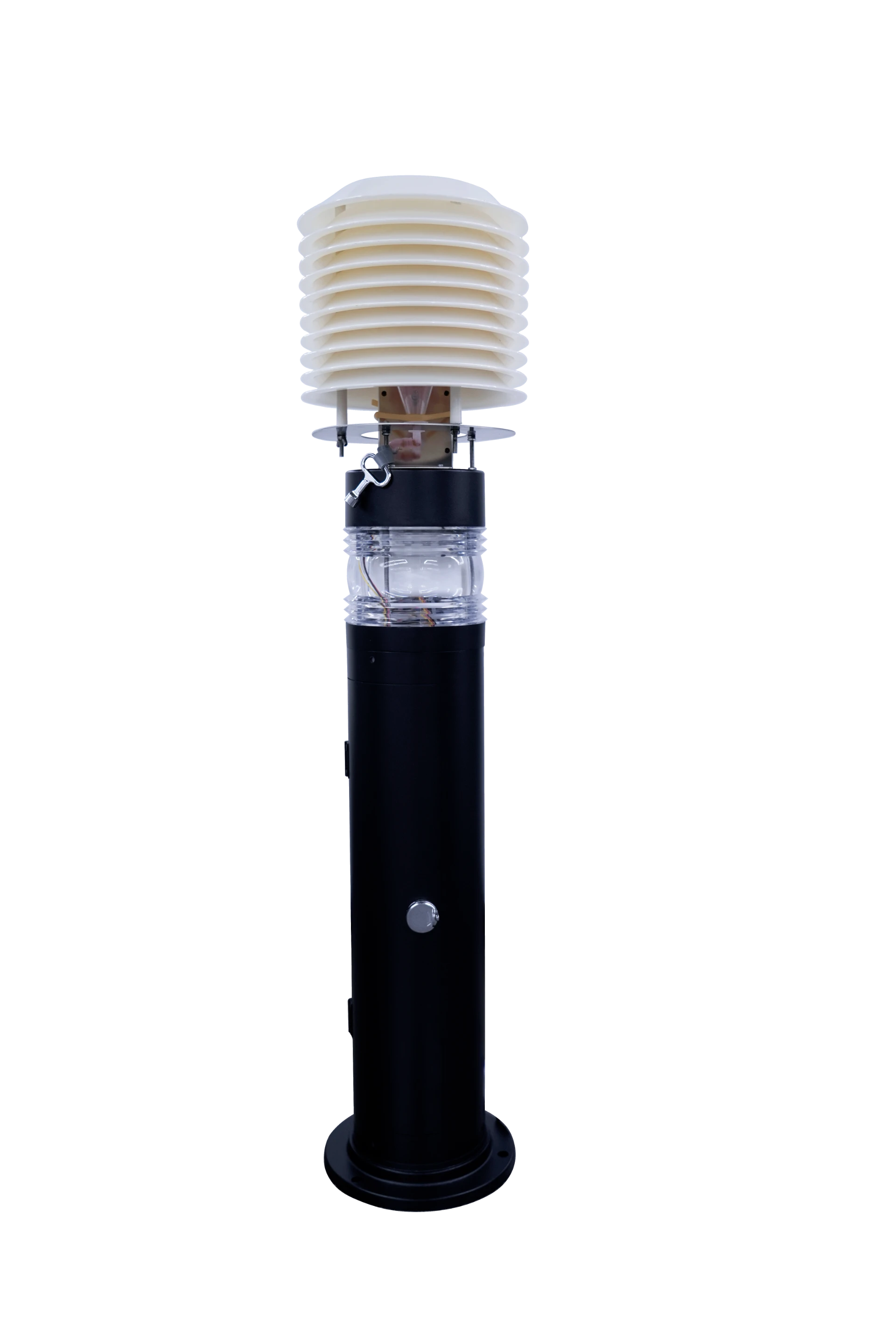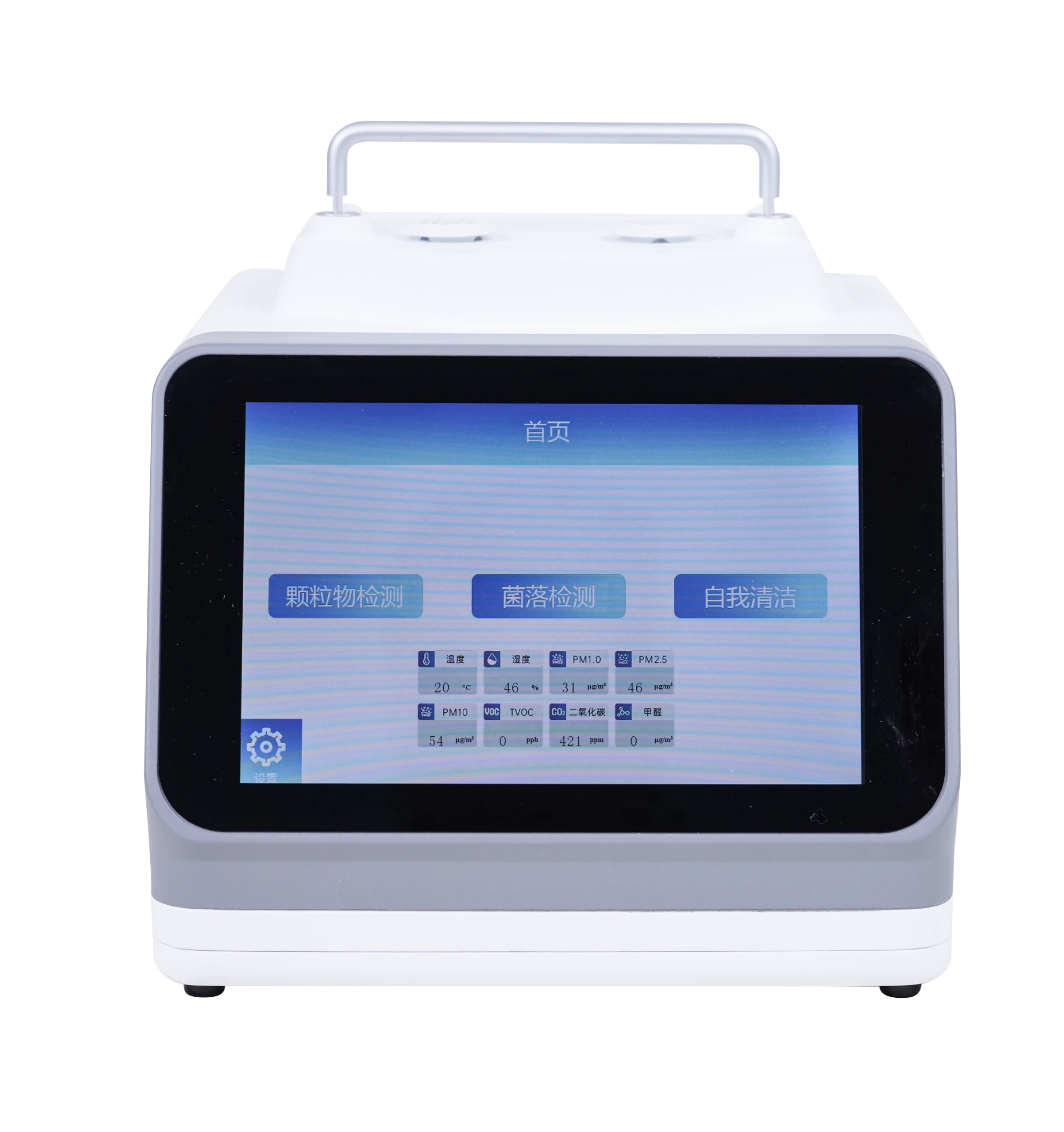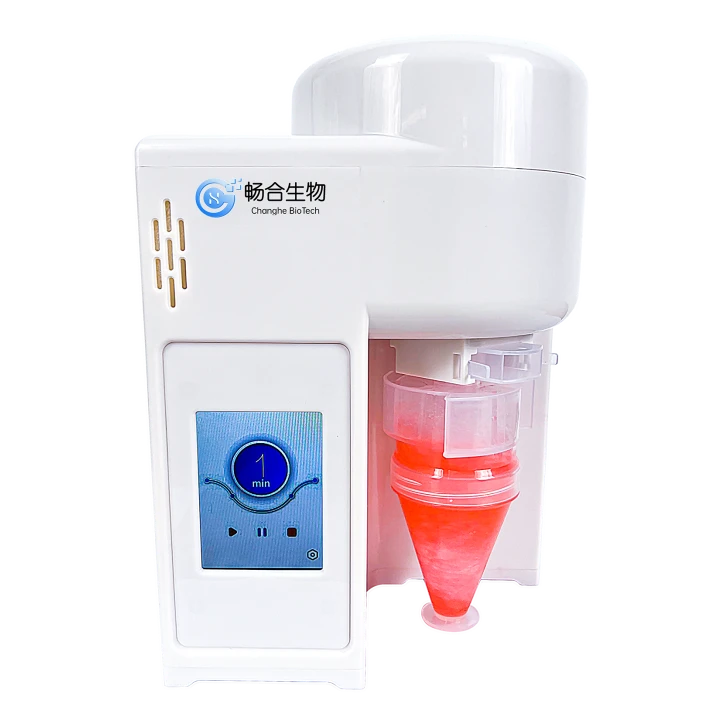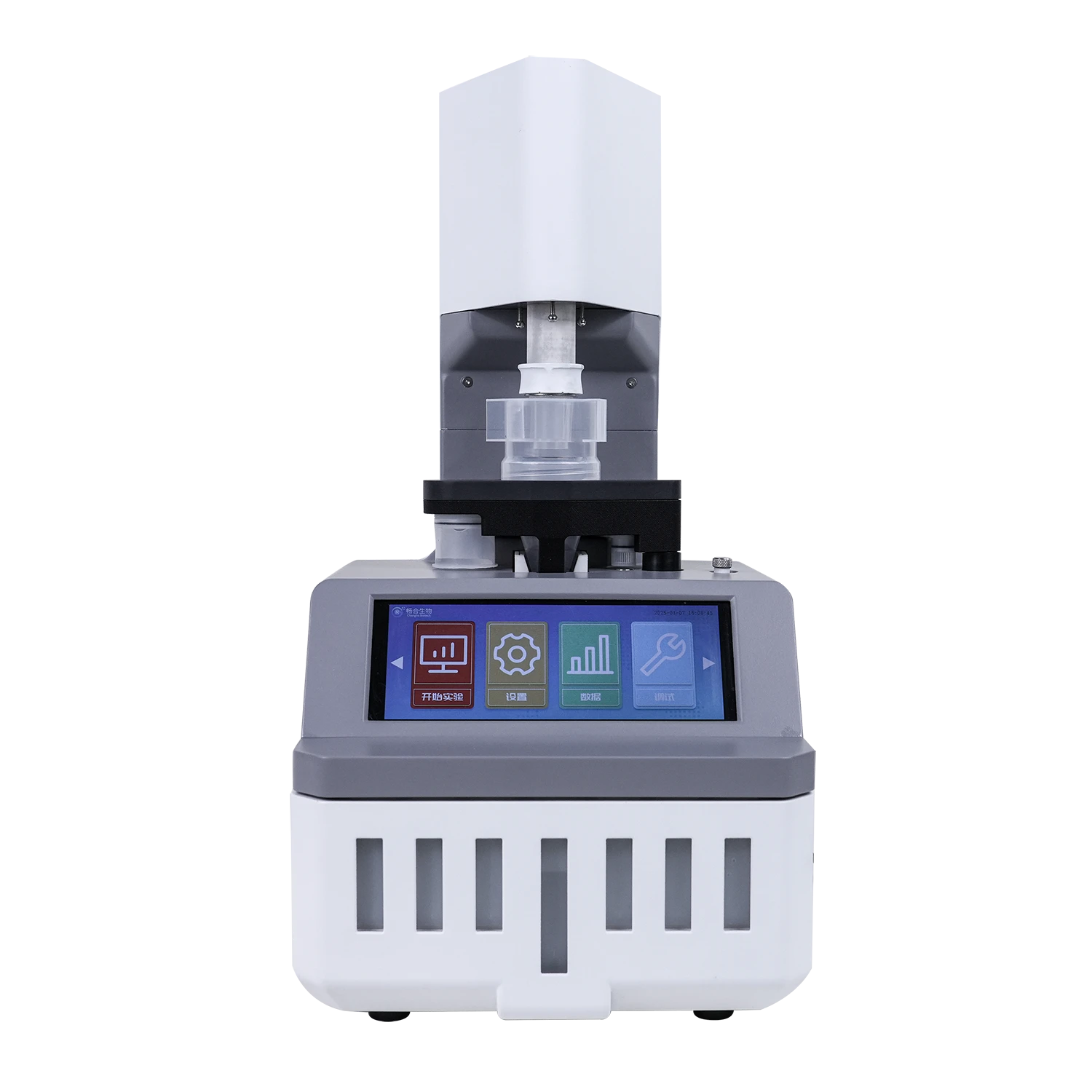
Reliable Bioaerosol Detection & Air Mold Testing Solutions
The Imperative of Bioaerosol Detection in Modern Industries
In an era of heightened environmental awareness and stringent health regulations, the precise monitoring and control of airborne biological contaminants have become paramount across diverse industrial sectors. Bioaerosol detection, encompassing a range of technologies for identifying and quantifying airborne microorganisms such as bacteria, fungi, viruses, and their byproducts, is no longer merely an academic pursuit but a critical operational necessity. From ensuring air quality in sensitive manufacturing environments to safeguarding public health in high-traffic facilities, the ability to accurately assess bioaerosol concentrations is fundamental. This advanced capability allows industries to proactively mitigate risks associated with airborne pathogens, allergens, and toxins, preventing potential outbreaks, protecting personnel, and maintaining compliance with evolving health and safety standards. The increasing demand for comprehensive air and mold testing and robust toxic mold detection solutions underscores the global commitment to healthier and safer operational spaces.
The economic and health ramifications of unmanaged bioaerosol contamination can be severe, leading to costly operational shutdowns, significant health expenditures, and damage to corporate reputation. For instance, in an industrial setting, undetected mold or bacterial growth can compromise product integrity, leading to product recalls or rejection. In healthcare facilities, inadequate air sample mold test protocols can contribute to nosocomial infections, posing direct threats to patient safety. The strategic implementation of continuous monitoring solutions for bioaerosol detection provides an invaluable early warning system, enabling swift intervention before contaminants reach hazardous levels. This proactive approach minimizes downtime, optimizes operational efficiency, and, most importantly, protects human health, solidifying its role as an indispensable tool in modern risk management frameworks.
Industry Landscape & Emerging Trends in Bioaerosol Monitoring
The market for bioaerosol detection technologies is experiencing robust growth, driven by several key trends including heightened public health concerns, stricter regulatory frameworks, and technological advancements in sensing and data analytics. Globally, the rise in respiratory illnesses, allergies, and the understanding of airborne disease transmission mechanisms have significantly increased the demand for effective air quality monitoring. Regulatory bodies, such as the EPA and OSHA, are continuously updating guidelines for indoor air quality and occupational health, compelling industries to adopt more sophisticated monitoring solutions. The integration of IoT, AI, and big data analytics into bioaerosol samplers is transforming the landscape, moving from traditional batch sampling to real-time, continuous monitoring with predictive capabilities.
Furthermore, the expansion of industries requiring ultra-clean environments, such as pharmaceuticals, biotechnology, and advanced manufacturing, fuels the need for high-precision bioaerosol detection. These sectors demand not only contaminant identification but also quantification and source attribution, necessitating highly sensitive and specific detection methods. The increasing focus on sustainability and energy efficiency also impacts design, leading to the development of low-power, compact, and automated systems that can be integrated seamlessly into existing HVAC and building management systems. These trends collectively underscore a paradigm shift towards continuous, proactive, and data-driven air quality management, moving beyond reactive measures to preventive strategies for controlling airborne biological hazards.
Technological Advancements in Continuous Bioaerosol Sampling
The Continous Bioaerosol Sampler represents a significant leap forward in bioaerosol detection technology, moving beyond traditional, labor-intensive methods to provide real-time, actionable data. At its core, the sampler typically employs advanced impaction or filtration techniques to efficiently capture airborne biological particles. Post-collection, these particles can be rapidly analyzed using integrated optical sensors for real-time enumeration or prepared for laboratory analysis via PCR, flow cytometry, or culture-based methods for precise identification and quantification. This dual capability allows for immediate assessment of particulate levels while retaining the option for detailed microbial analysis, offering a comprehensive overview of airborne biological threats. The system's design emphasizes high efficiency in particle collection across a wide range of sizes, crucial for detecting diverse bioaerosols from bacteria and fungi to viruses.
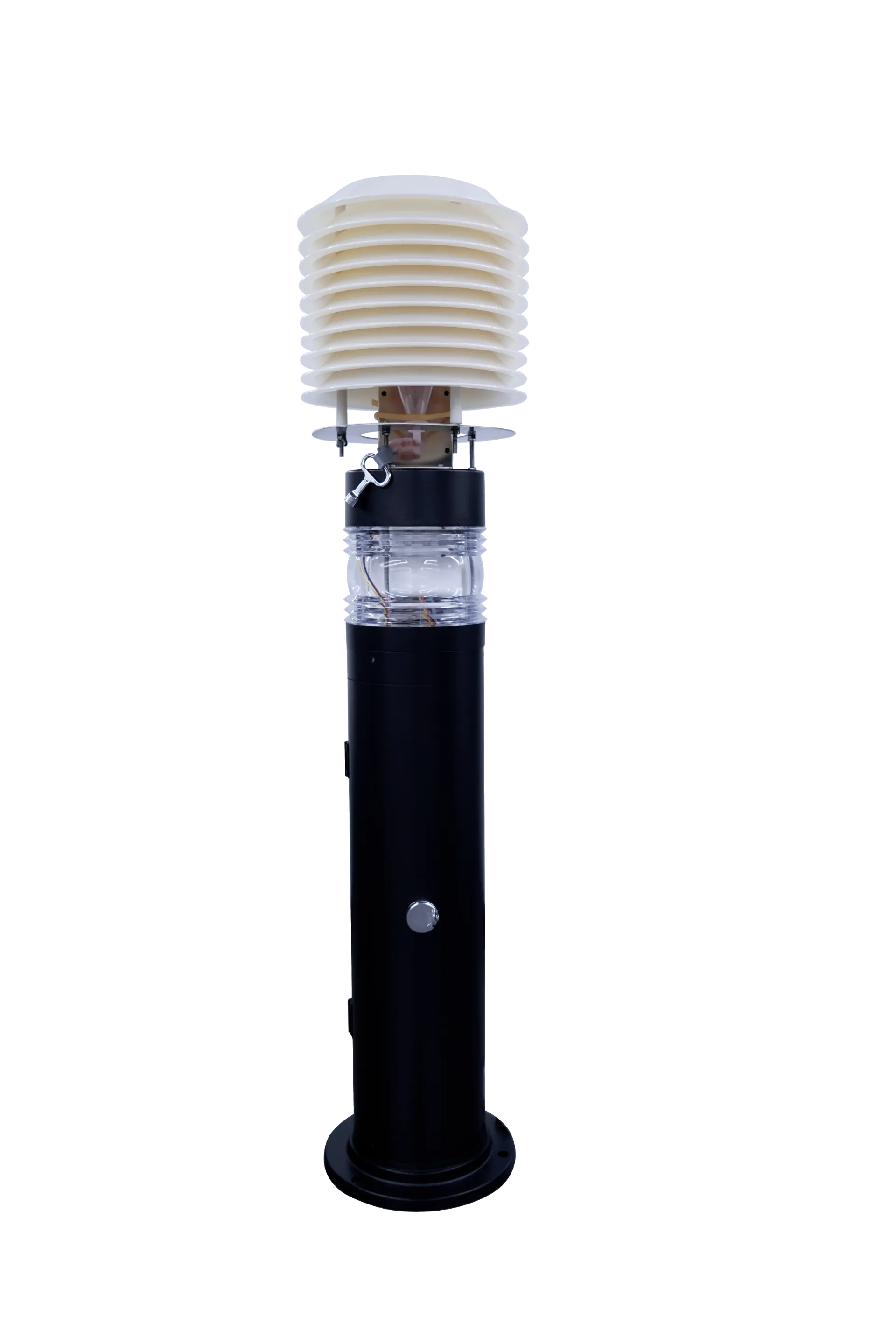
Image: A Continuous Bioaerosol Sampler actively monitoring environmental air quality.
One of the key advantages of a continuous sampling device like the Continous Bioaerosol Sampler lies in its ability to provide uninterrupted data streams, identifying transient events or sudden increases in bioaerosol concentrations that batch sampling might miss. This continuous monitoring capability is vital for applications requiring immediate response, such as cleanroom integrity checks, pharmaceutical manufacturing, or critical care environments in hospitals. The internal architecture includes precision-engineered components designed for optimal airflow dynamics, minimizing particle bounce and re-entrainment, thus ensuring maximum collection efficiency. Furthermore, advanced algorithms process raw sensor data, distinguishing between biological and non-biological particles, and providing accurate counts or alerts based on predefined thresholds. This technological sophistication underpins its reliability and effectiveness in critical air and mold testing applications.
Table 1: Key Technical Specifications for a Continuous Bioaerosol Sampler
| Parameter | Description / Value |
|---|---|
| Sampling Flow Rate | 100-200 L/min (Adjustable) |
| Particle Size Range | 0.5 – 20 µm (Effective collection) |
| Detection Method | Impaction & Optical Fluorescence / qPCR Ready |
| Response Time | Near Real-time (minutes for alerts) |
| Connectivity | Ethernet, Wi-Fi, USB, Modbus TCP/IP (for BMS integration) |
| Operating Temperature | 0°C to 50°C (32°F to 122°F) |
| Power Supply | 100-240V AC, 50/60 Hz, or 24V DC |
| Data Logging | Internal memory, Cloud storage options |
| Certifications | CE, FCC, ISO 9001:2015 Manufacturing Standards |
Precision Manufacturing and Quality Assurance of Advanced Bioaerosol Samplers
The reliability and accuracy of advanced bioaerosol detection instruments are intrinsically linked to their meticulous manufacturing process and rigorous quality assurance protocols. Our Continous Bioaerosol Samplers are fabricated using high-grade materials chosen for their durability, non-reactivity, and resistance to environmental factors. Key components, such as the impaction plates and collection surfaces, often utilize precision-machined stainless steel (e.g., 316L for corrosion resistance) or specialized polymers, ensuring optimal particle capture and minimal contamination. Manufacturing processes involve state-of-the-art CNC machining for intricate parts, followed by ultrasonic cleaning to remove micro-contaminants. Assembly takes place in cleanroom environments to prevent initial contamination and ensure the highest product integrity from the outset.
Beyond material selection and precision manufacturing, each unit undergoes a comprehensive suite of quality control tests. These include flow rate calibration according to ISO 17025 standards, particle collection efficiency validation against known bioaerosol standards (e.g., bacterial aerosols, fungal spores), and extensive operational stability testing to ensure consistent performance over time. Electrical safety and electromagnetic compatibility (EMC) tests are performed in adherence to ANSI and CE directives, ensuring reliable operation in complex industrial environments. This stringent process ensures a projected service lifespan of 5-10 years, depending on environmental conditions and maintenance schedules, making them a robust solution for continuous air sample mold test and toxic mold detection applications where reliability is paramount. The adherence to these standards is crucial for guaranteeing the authoritative data required by critical industries.
Strategic Applications and Operational Advantages
The versatility of continuous bioaerosol detection systems like the Continous Bioaerosol Sampler makes them indispensable across a broad spectrum of industries. In the petrochemical sector, they monitor for airborne microbial-induced corrosion (MIC) and protect personnel from hazardous biological byproducts. Metallurgical facilities benefit from monitoring airborne metal-reducing bacteria that can impact structural integrity and worker health. In water supply and drainage systems, these samplers are crucial for detecting waterborne pathogens that can become aerosolized, safeguarding public health and ensuring compliance with water quality regulations. Pharmaceutical and biotechnology companies rely on them for maintaining sterile environments in cleanrooms, ensuring product purity and preventing contamination during manufacturing processes.
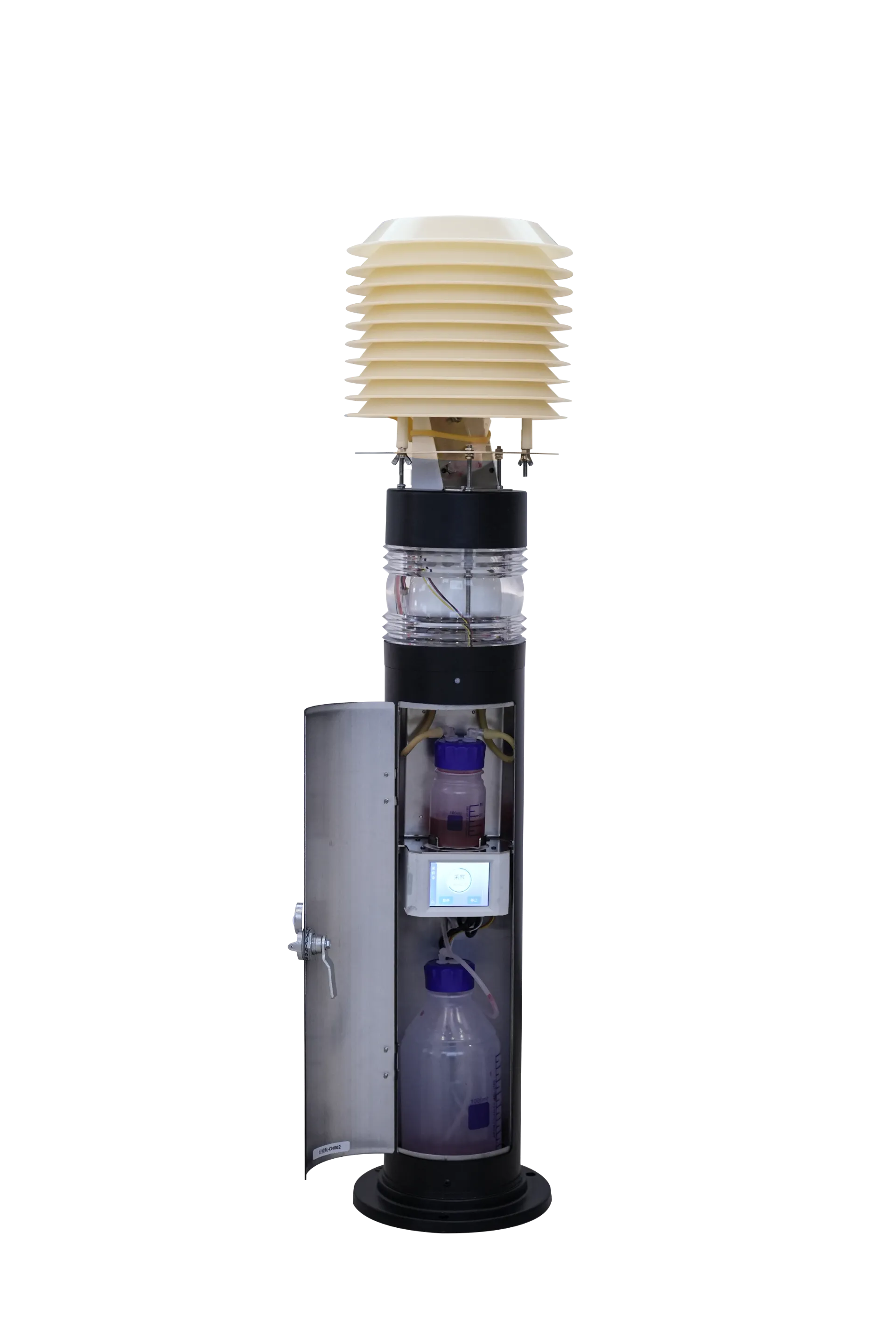
Image: A bioaerosol sampler utilized for precise toxic mold detection in a facility.
Beyond industrial applications, continuous bioaerosol monitoring is critical in healthcare facilities for infection control, in HVAC systems for building occupant health, and in food processing plants to prevent microbial contamination. The key operational advantages derived from using our Continous Bioaerosol Sampler include unparalleled precision in air sample mold test results, continuous real-time data for proactive decision-making, and rapid detection capabilities for early warning of potential airborne threats. Its robust design ensures corrosion resistance and high energy efficiency, leading to lower operational costs and reduced environmental impact. These systems are also invaluable for toxic mold detection, providing an automated and reliable method to identify and quantify hazardous fungal spores before they pose significant health risks or cause structural damage.
Table 2: Continuous vs. Traditional Bioaerosol Detection Methods
| Feature | Continous Bioaerosol Sampler (Advanced) | Traditional Methods (e.g., Petri Dishes, Manual Impaction) |
|---|---|---|
| Monitoring Frequency | Continuous (24/7) | Batch, Intermittent (daily, weekly) |
| Response Time | Real-time or near real-time alerts | Delayed (days for lab results) |
| Labor Intensity | Low (automated operation) | High (manual collection, transport, lab work) |
| Data Granularity | High (identifies trends, transient events) | Low (snapshot in time) |
| Integration Capability | Seamless with BMS/SCADA systems | Limited to none |
| Cost Efficiency (Long-term) | High (reduced labor, early intervention) | Lower upfront, higher operational/risk costs |
Tailored Solutions & Proven Success Stories
Recognizing that each industry and facility presents unique challenges, we specialize in providing customized bioaerosol detection solutions designed to meet specific operational requirements. Our engineering team collaborates closely with clients to understand their unique environmental parameters, regulatory compliance needs, and existing infrastructure. This bespoke approach allows us to configure our Continous Bioaerosol Samplers with specialized sensors, integrate them seamlessly into existing Building Management Systems (BMS) or Supervisory Control and Data Acquisition (SCADA) networks, and develop tailored data analytics and reporting dashboards. Whether it's enhancing air and mold testing in a historical archive or implementing a robust toxic mold detection system in a food processing plant, our solutions are scalable and adaptable.
For instance, a prominent pharmaceutical manufacturer faced recurrent issues with airborne microbial contamination in a sterile packaging area, leading to production delays. After deploying our customized Continous Bioaerosol Sampler system, integrated with their cleanroom HVAC, they gained real-time insight into bioaerosol levels. This allowed them to pinpoint the exact source of intermittent contamination (a subtle airflow disturbance) and implement targeted corrective actions. Within six months, they reported a 90% reduction in microbial excursions, significantly improving product yield and reducing operational costs. This case exemplifies how advanced bioaerosol detection, coupled with expert customization and support, transforms reactive problem-solving into proactive risk management, safeguarding critical operations and ensuring product integrity.
Building Trust: Our Commitment to Excellence ()
Our dedication to providing leading bioaerosol detection solutions is underpinned by a steadfast commitment to Expertise, Experience, Authoritativeness, and Trustworthiness. With decades of collective experience in environmental monitoring and analytical instrumentation, our team comprises recognized experts in microbiology, aerosol science, and sensor technology. We leverage this deep expertise to design, manufacture, and support products that meet the highest technical and performance standards. Our manufacturing facilities are ISO 9001:2015 certified, guaranteeing consistent quality control and adherence to international best practices. Furthermore, our products are engineered to comply with relevant FDA guidelines for air quality monitoring in regulated industries, providing an authoritative solution for critical applications.
Trust is built through transparency and unwavering support. Our customer support team offers comprehensive technical assistance, from initial consultation and system integration to ongoing maintenance and calibration services. We provide clear delivery cycle timelines, ensuring efficient deployment of your bioaerosol detection solutions. Each Continous Bioaerosol Sampler comes with a robust multi-year warranty, reflecting our confidence in its durability and performance. This commitment extends to providing detailed documentation, training programs, and remote diagnostic capabilities, ensuring our clients receive the full benefit of their investment and maintain peak operational efficiency for their air and mold testing needs.
Frequently Asked Questions (FAQ)
Q: What types of bioaerosols can the Continous Bioaerosol Sampler detect?
A: Our samplers are capable of detecting a wide range of airborne biological particles, including bacteria, fungi (mold spores), viruses, pollen, and other biological particulate matter. The specific identification level depends on the analytical method used (e.g., real-time optical sensing for count, or lab analysis via qPCR for species-level identification).
Q: How does continuous monitoring benefit my operation compared to traditional methods?
A: Continuous monitoring provides real-time data, enabling immediate detection of elevated bioaerosol levels. This allows for rapid response to contamination events, preventing costly production downtime, product spoilage, or health risks, which traditional, delayed batch sampling cannot offer.
Q: Is the system compatible with existing Building Management Systems (BMS)?
A: Yes, our Continous Bioaerosol Samplers are designed with multiple communication protocols (e.g., Modbus TCP/IP, Ethernet) to ensure seamless integration with most standard BMS and SCADA systems, providing centralized data access and control.
Q: What is the typical maintenance schedule for the sampler?
A: Maintenance typically involves periodic filter replacement (depending on environmental dust levels) and annual calibration. Our intuitive design ensures that these procedures are straightforward and can often be performed by on-site personnel with minimal training.
Conclusion: Pioneering a Safer Environment with Advanced Bioaerosol Detection
The increasing complexity of industrial environments and the growing recognition of airborne health risks underscore the indispensable role of advanced bioaerosol detection. Our Continous Bioaerosol Sampler offers a robust, reliable, and highly efficient solution for industries seeking to enhance their air quality monitoring capabilities, protect their workforce, and ensure compliance. By providing continuous, real-time insights into airborne biological contaminants, including comprehensive air and mold testing and critical toxic mold detection, our technology empowers proactive decision-making and minimizes potential hazards. Investing in such sophisticated systems is not merely a compliance measure but a strategic commitment to operational excellence, employee well-being, and sustainable growth in a rapidly evolving global landscape.
References
- Jones, R. M., et al. "Advancements in Bioaerosol Sampling and Detection Techniques." Environmental Science & Technology Review, 2022.
- Smith, L. K. "Impact of Airborne Microbes on Industrial Processes: A Review." Journal of Industrial Microbiology and Biotechnology, 2021.
- Centers for Disease Control and Prevention. "Guidelines for Environmental Infection Control in Health-Care Facilities." Atlanta, GA: U.S. Department of Health and Human Services, 2003.
- International Organization for Standardization (ISO). "Quality Management Systems – Requirements (ISO 9001:2015)."
- American National Standards Institute (ANSI). "Environmental and Occupational Safety Standards."
-
Rapid Bioaerosol Detection for Air & Mold SafetyNewsAug.18,2025
-
Advanced Bioaerosol Detection for Air & Mold SafetyNewsAug.17,2025
-
Accurate Bioaerosol Sampler: Precision Air MonitoringNewsAug.15,2025
-
High-Performance Bioaerosol Sampler for Air & BacteriaNewsAug.13,2025
-
Accurate Air Sampling for Bacteria: Top Bio SamplersNewsAug.12,2025

